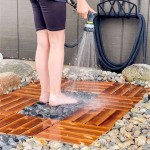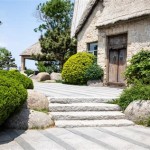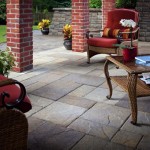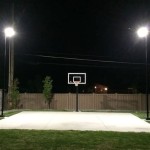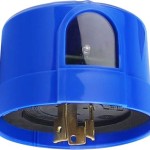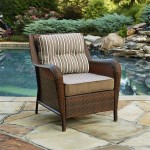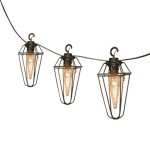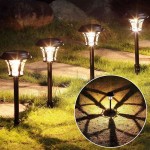Outdoor Shooting Range Backstop Design
An outdoor shooting range backstop is a critical safety component that protects individuals and the surrounding environment from stray bullets. Its design must effectively stop projectiles while minimizing ricochet and ensuring the safety of shooters and bystanders. This article explores essential considerations for outdoor shooting range backstop design, emphasizing safety, effectiveness, and environmental considerations.
Safety Considerations
Safety is paramount in backstop design, and it encompasses various aspects. The primary objective is to prevent bullets from penetrating the backstop and reaching beyond. This means selecting materials with sufficient density and thickness to arrest projectiles.
Another safety concern is ricochet. Bullets striking a backstop at an angle can ricochet off, posing a danger to shooters and anyone nearby. To mitigate ricochet, backstop designs often incorporate angled surfaces, berms, or other features that deflect bullets downward or trap them within the backstop.
Effectiveness and Material Choice
An effective backstop should be durable, resistant to wear and tear, and capable of handling various caliber bullets. The choice of materials plays a significant role in achieving this. Common materials include:
- Earth Berms: These are relatively inexpensive and offer good protection. However, they can be prone to erosion, and their effectiveness depends on the depth and density of the berm.
- Steel Plates: These are highly durable and capable of stopping high-caliber bullets. However, they can be expensive and require adequate support to handle recoil forces.
- Concrete: Reinforced concrete is a robust and reliable backstop material, offering excellent durability and resistance to penetration. However, it can be expensive and require skilled construction.
- Bullet Trap: These specialized traps are designed to capture bullets and minimize ricochet. They often use a combination of materials like steel, sand, and water to absorb the impact of bullets.
Environmental Considerations
Outdoor shooting ranges must operate responsibly and minimize environmental impact. Backstop design plays a crucial role in this aspect.
The choice of materials and their potential for leaching harmful substances into the surrounding environment is critical. For instance, lead-based materials should be avoided due to their toxicity.
Additionally, erosion control measures may be necessary to prevent the backstop from degrading and contaminating nearby water bodies.
Key Considerations for Backstop Design
Beyond safety, effectiveness, and environmental factors, other considerations influence backstop design. These include:
- Distance from Shooting Positions: The distance between the shooter and the backstop determines the trajectory of bullets and the required size of the backstop.
- Type of Firearms: The caliber and types of firearms used at the range will influence the backstop's thickness and material selection.
- Budget and Resources: The available funding and local resources will impact the feasibility of various backstop designs.
- Maintenance and Upkeep: Backstops require regular maintenance to ensure their continued effectiveness and minimize safety hazards.
Choosing the right backstop design involves considering a multitude of factors. A holistic approach that prioritizes safety, effectiveness, and environmental responsibility is essential for creating a safe and sustainable outdoor shooting range.

Building Your Own Backstop Mississippi State University Extension Service


Basic Steps For Building A Personal Outdoor Shooting Range Super Target Systems

How To Build A Outdoor Home Shooting Range Diy

Outdoor Shooting Range Construction Nra Specifications

Building Your Own Backstop Mississippi State University Extension Service

Diy Home Safety Units Safeguarding Your Assets As Well Eoyed Ones Outdoor Shooting Range

Throwback Thursday How To Build A Backyard Backstop The Shooter S Log

Types Of Shooting Range Backstops And Traps Crs Ballistic

How To Build A Outdoor Home Shooting Range Diy
Related Posts

